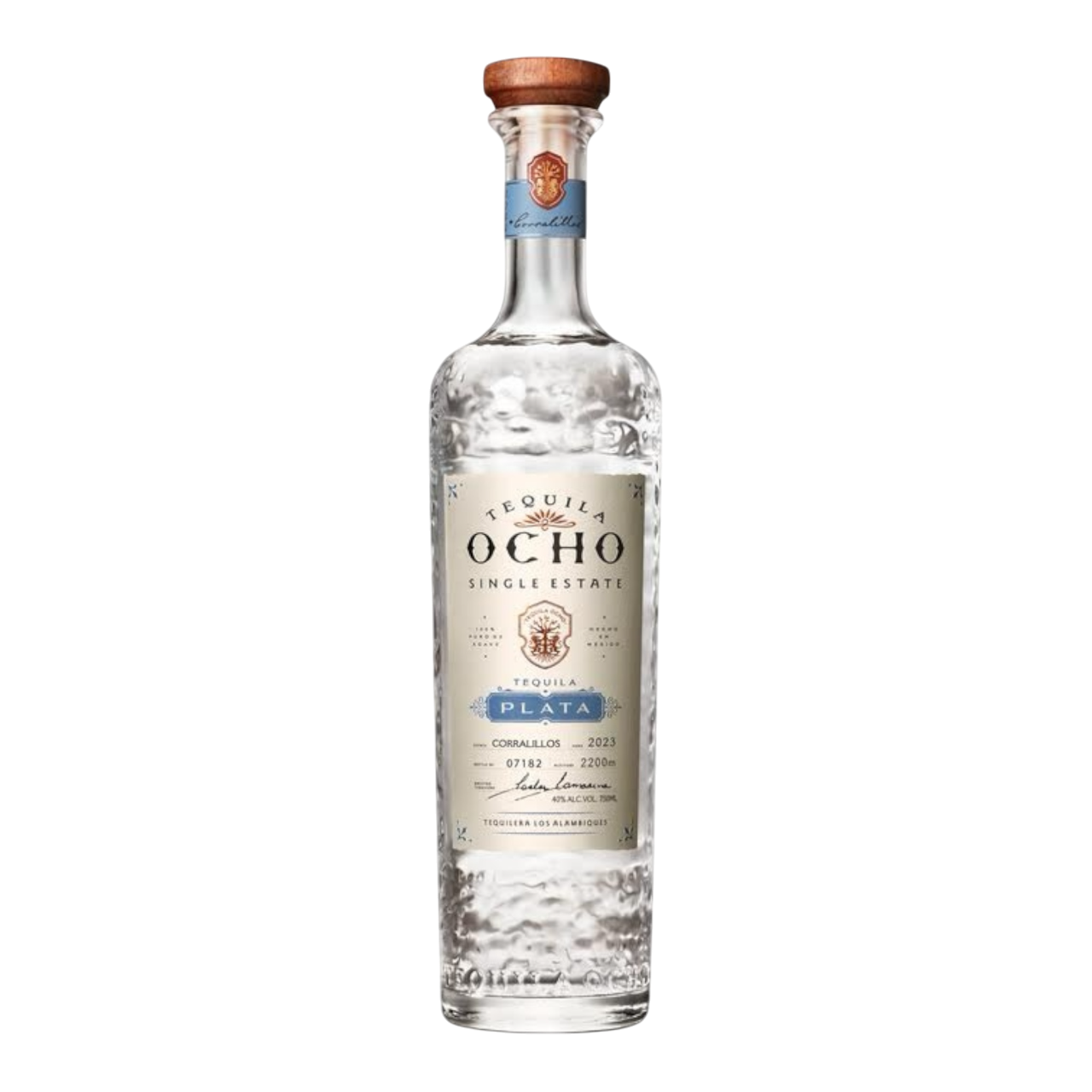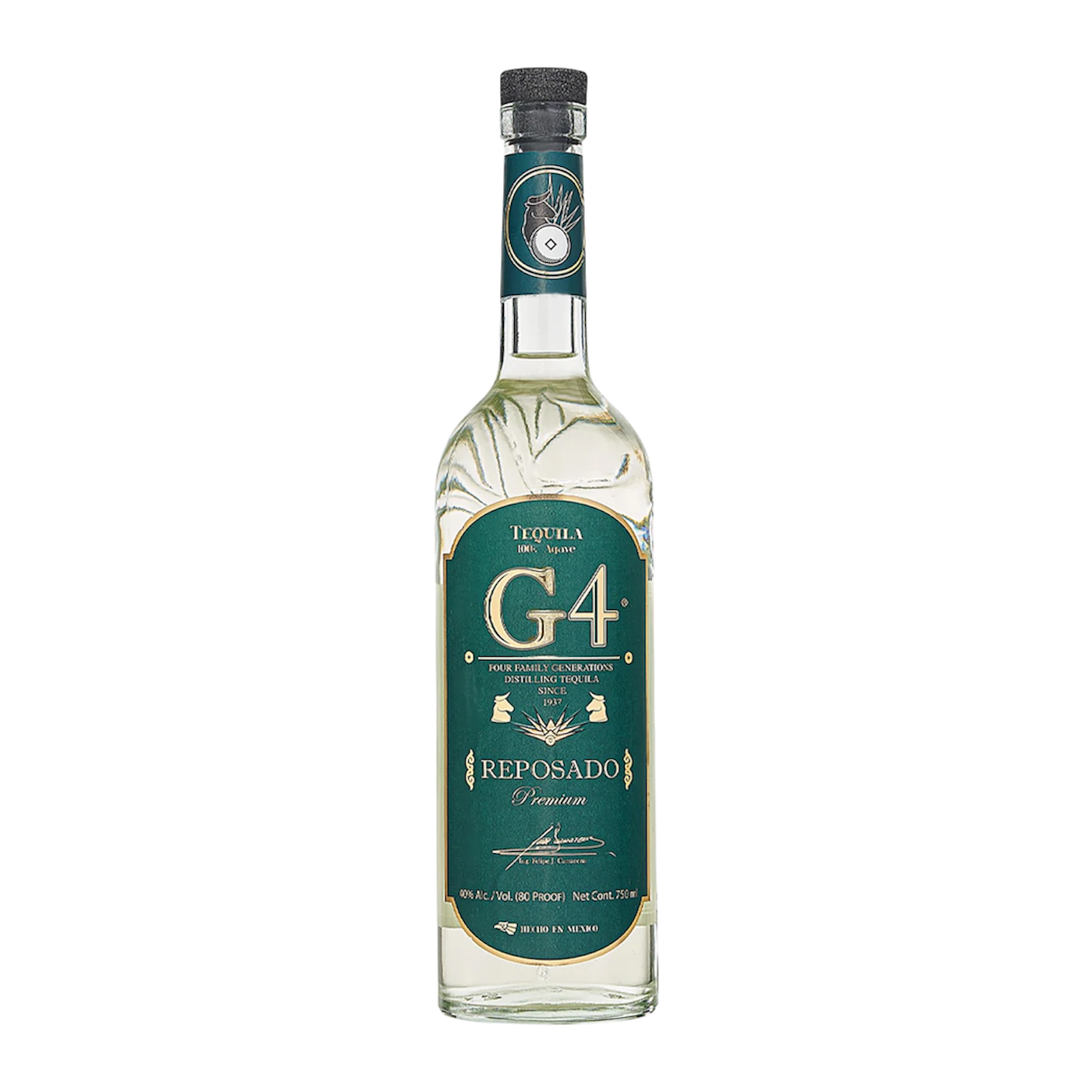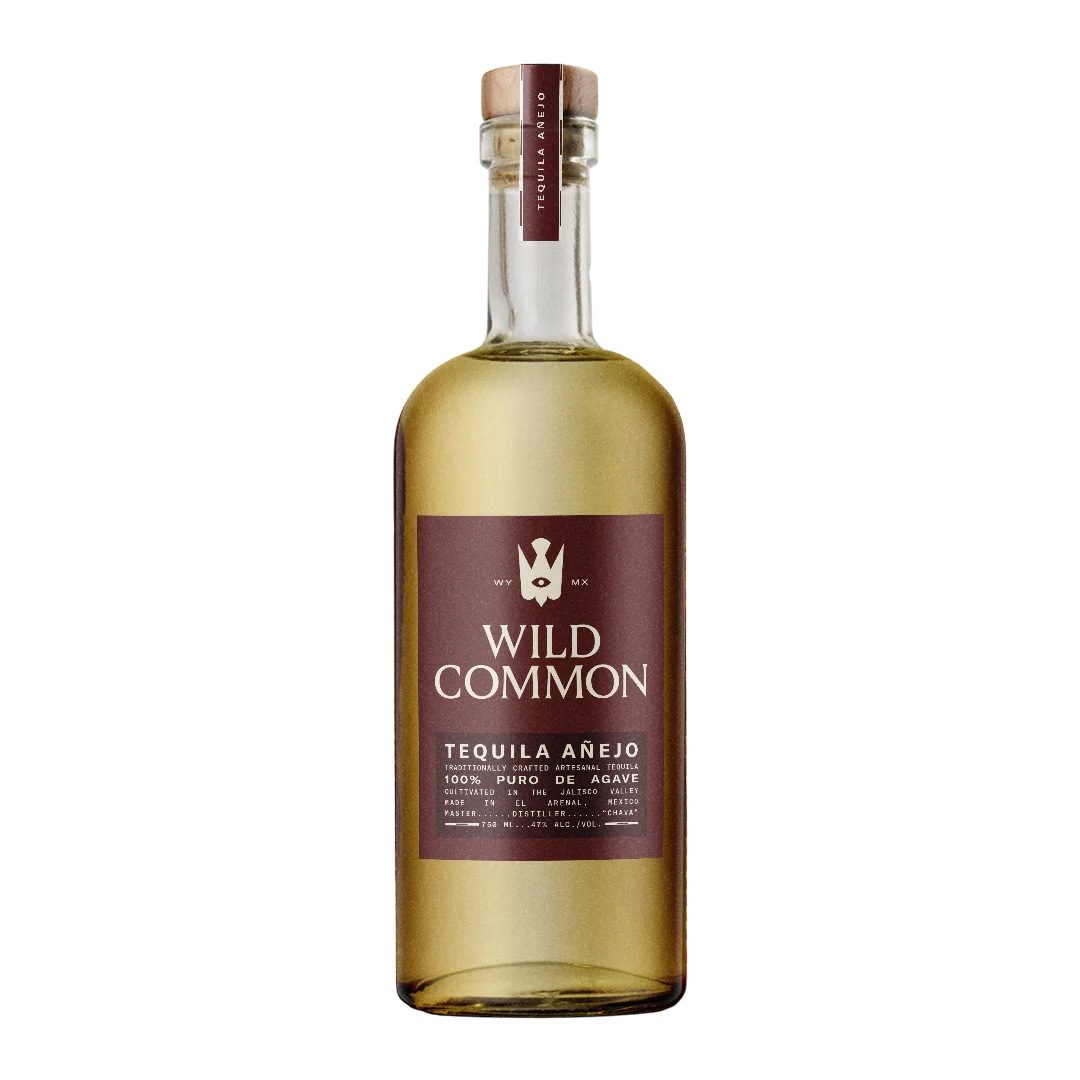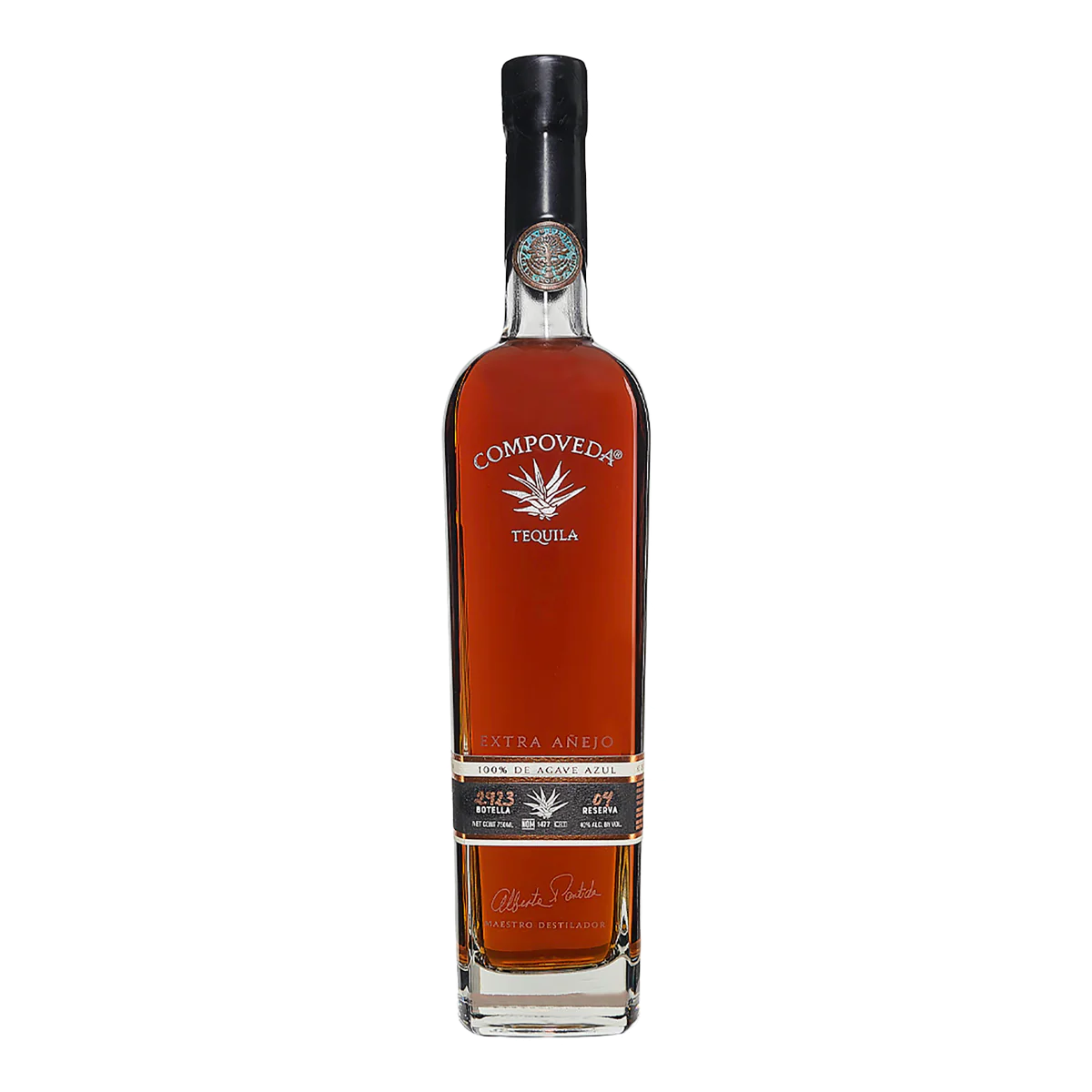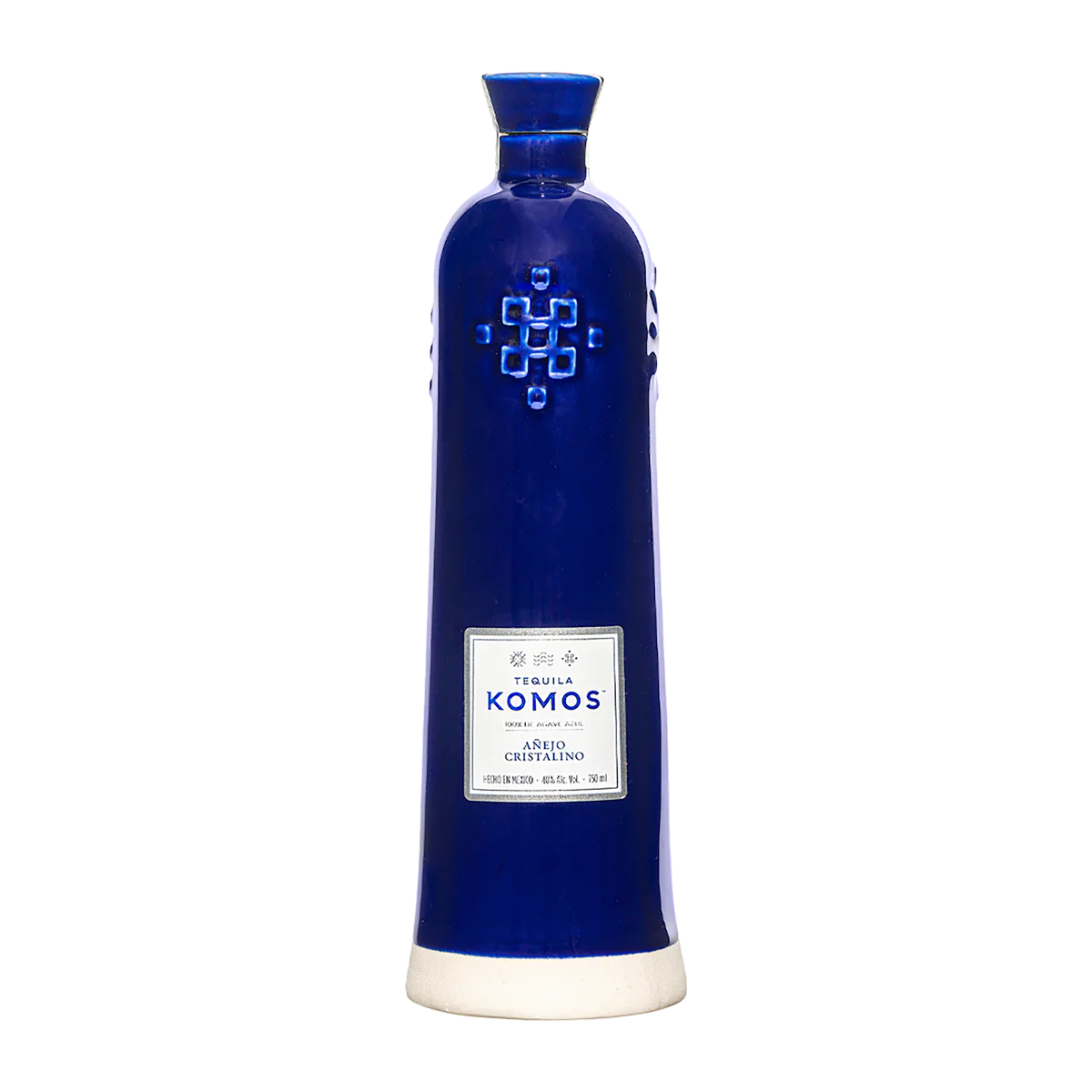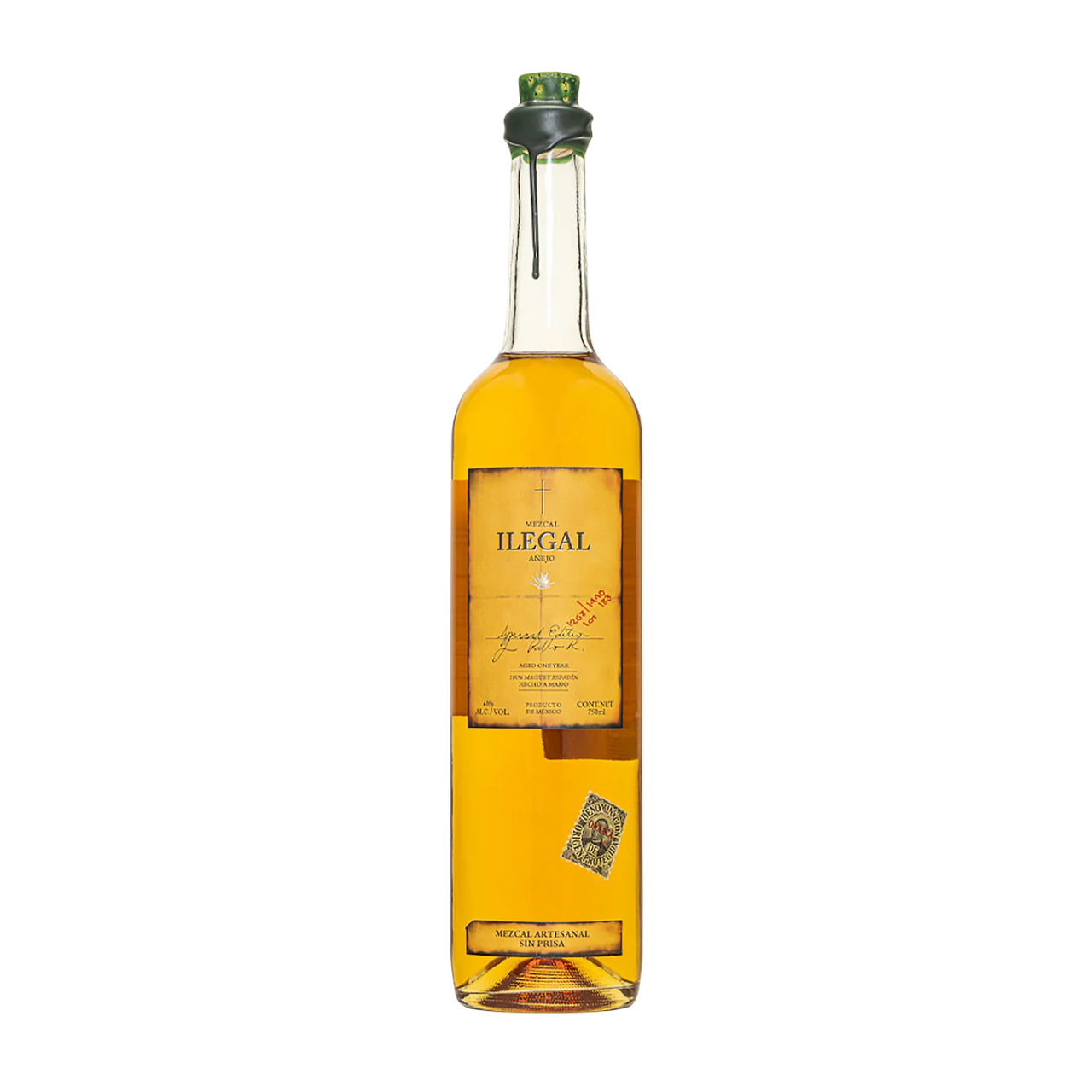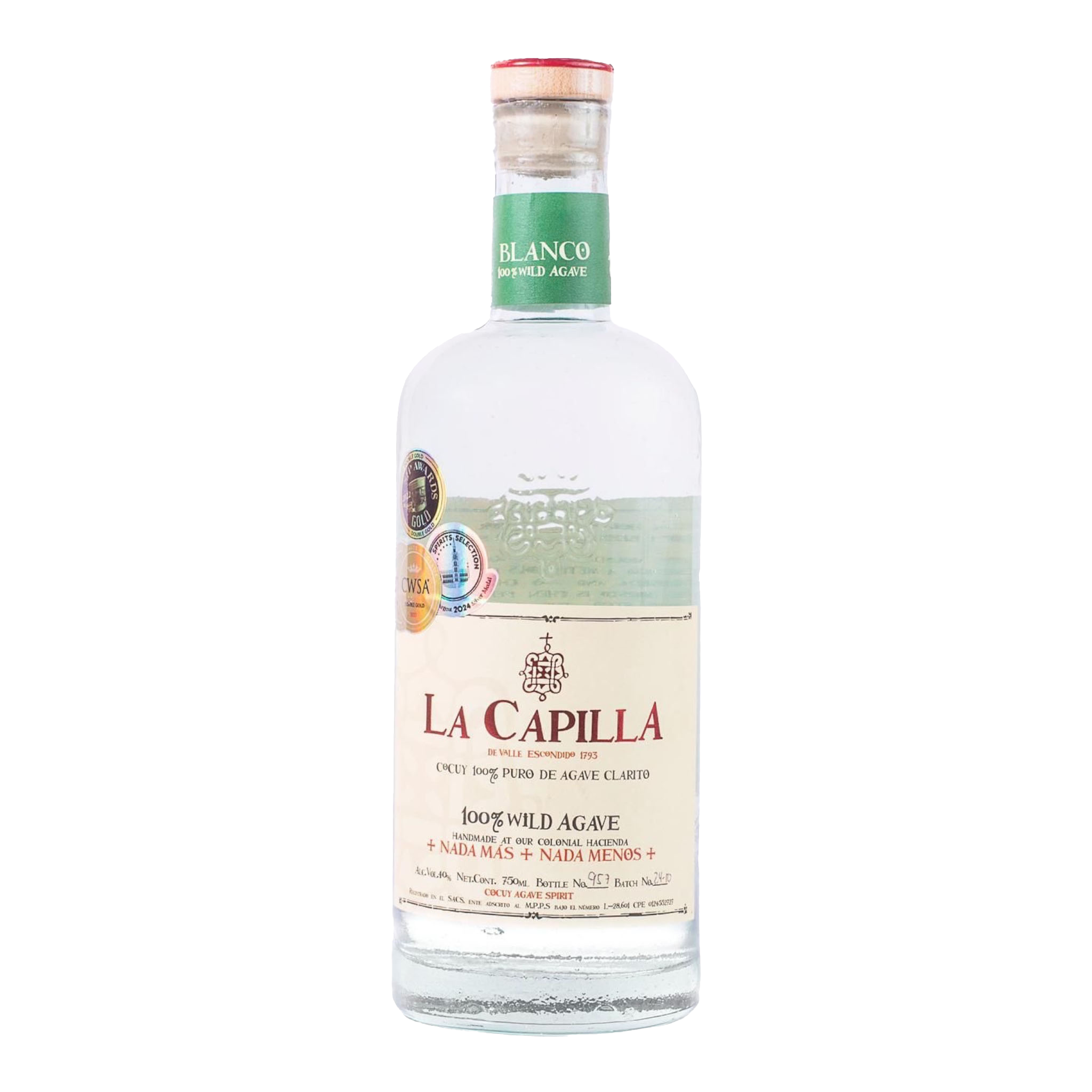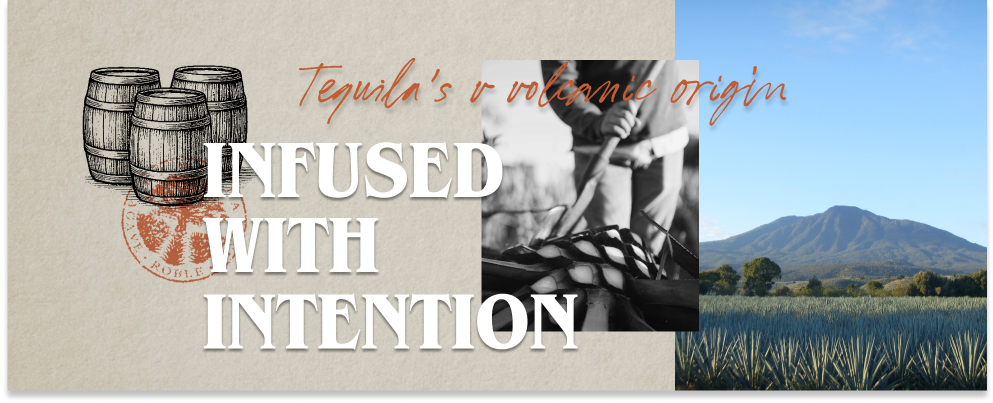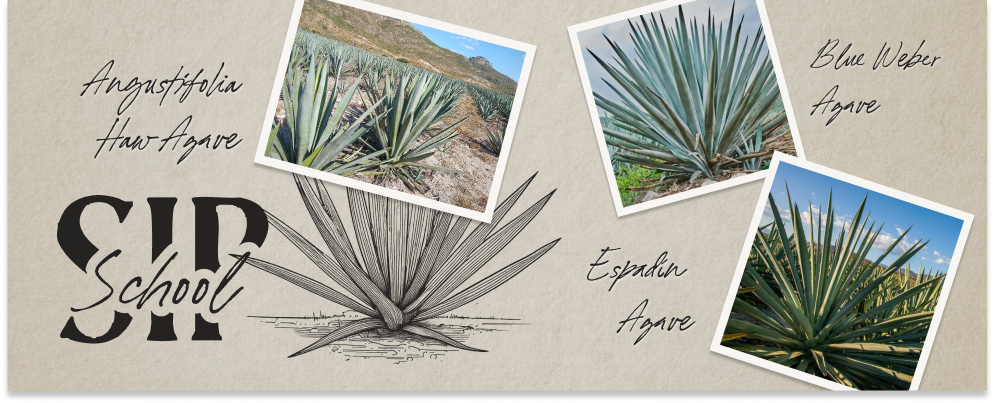Hey there, tequila lovers and history buffs! 🌵 Ever wondered how the fiery past of the Volcan de Tequila shaped the rich lands beneath it into a paradise for blue weber agave? This incredible agricultural transformation is the secret behind the lush fields that fuel the art of tequila production today. From the smoldering ashes of ancient eruptions to the vibrant fields of agave, this region's story is as spirited as the premium tequila it produces. Join us on a journey through tequila history, where we'll explore how nature's fiery temper turned into a farmer's dream, making agave harvesting a celebrated craft. Grab a glass and let's dive into the fascinating world of tequila, where every sip is a taste of history! 🥂
Volcan de Tequila's Fiery Past
The Volcan de Tequila, a dormant volcano in Jalisco, Mexico, has played a crucial role in shaping the region's landscape and agricultural potential. Let's explore how its eruptions transformed the area into the perfect environment for blue weber agave cultivation.
Eruption that Changed Everything
The Volcan de Tequila's last major eruption occurred over 200,000 years ago, leaving an indelible mark on the surrounding landscape. This cataclysmic event reshaped the terrain and altered the soil composition in ways that would prove beneficial for future agriculture.
The eruption spewed ash, lava, and other volcanic materials across the region, creating a unique geological profile. These materials, rich in minerals and nutrients, would eventually break down and contribute to the soil's fertility.
Over time, the cooled lava flows created natural terraces and slopes, providing ideal drainage for future agave plants. This topographical change would play a significant role in the area's agricultural future.
Creating Fertile Grounds
The volcanic eruption initiated a long-term process of soil enrichment that would ultimately benefit agave cultivation. As the volcanic materials weathered, they released essential minerals and nutrients into the soil.
This nutrient-rich soil, combined with the region's climate, created an ideal environment for plant growth. The volcanic ash, in particular, improved soil structure and water retention, crucial factors for successful agriculture in semi-arid regions.
The transformation wasn't immediate, but over centuries, the land around Volcan de Tequila evolved into some of the most fertile agricultural grounds in Mexico. This set the stage for the rise of blue weber agave as the dominant crop in the region.
Rise of Blue Weber Agave
The unique conditions created by Volcan de Tequila's eruption laid the groundwork for the blue weber agave to thrive. This hardy plant found its perfect home in the volcanic soils of Jalisco, becoming the cornerstone of tequila production.
Perfect Conditions for Growth
Blue weber agave, scientifically known as Agave tequilana, thrives in the specific conditions created by Volcan de Tequila's past eruptions. The plant's success in this region is due to a combination of factors:
- Soil composition: The volcanic soil is rich in minerals and has excellent drainage, preventing root rot.
- Elevation: The slopes of Volcan de Tequila provide the ideal altitude for agave growth, typically between 1,500 to 2,000 meters above sea level.
- Climate: The region's semi-arid climate, with its balance of sun and rain, suits the agave's drought-resistant nature.
These conditions allow blue weber agave to develop high concentrations of sugars, essential for premium tequila production.
Agave Harvesting Techniques
Harvesting blue weber agave is a skilled craft that has been refined over generations. The process typically involves the following steps:
- Maturity assessment: Jimadores (agave farmers) determine when the plant is ready for harvest, usually after 7-10 years of growth.
- Cutting: Using a sharp coa (a special tool), jimadores remove the agave's leaves, leaving only the piña (the heart of the plant).
- Trimming: The piña is carefully trimmed to remove any remaining leaf material.
- Transportation: Harvested piñas are quickly transported to the distillery to maintain freshness.
This labor-intensive process requires expertise to ensure only the highest quality agave is used for tequila production. The harvesting techniques have been passed down through generations, preserving the traditional methods while incorporating modern efficiencies.

Tequila's Journey: From Plant to Glass
The transformation of blue weber agave into premium tequila is a fascinating process that combines centuries-old traditions with modern distillation techniques. This journey from plant to glass is what gives tequila its unique character and flavor profile.
Traditional Tequila Production Methods
The production of tequila follows a time-honored process that has been refined over centuries:
- Cooking: Harvested piñas are slow-cooked in ovens to convert complex sugars into simple, fermentable sugars.
- Extraction: The cooked agave is crushed to extract the sweet juice, or mosto.
- Fermentation: Yeast is added to the mosto, converting sugars into alcohol over several days.
- Distillation: The fermented liquid is distilled twice to increase alcohol content and refine flavors.
- Aging: Some tequilas are aged in oak barrels, imparting additional flavors and color.
These traditional methods, recognized by UNESCO as part of the intangible cultural heritage of humanity, ensure that each bottle of tequila carries the essence of its rich history and cultural significance.
Cultivating Premium Tequila
Producing premium tequila requires attention to detail at every stage:
- Agave selection: Only the finest blue weber agave plants are chosen for premium tequila.
- Slow cooking: Traditional brick ovens are often used to slow-cook the agave, enhancing flavor development.
- Artisanal techniques: Many premium tequila producers use traditional tahona wheels to crush the cooked agave, preserving more of the plant's natural flavors.
- Careful aging: Premium aged tequilas are matured in carefully selected oak barrels, often for several years.
The result of these meticulous processes is a spirit that captures the essence of the volcanic terroir and the craftsmanship of generations of tequila makers.

"The art of tequila-making is a testament to the harmony between nature's gifts and human ingenuity. Each bottle tells the story of Volcan de Tequila's fiery past and the skilled hands that transform agave into liquid gold." - Master Tequilier


